To have the RNM wings stretching out full of vitality on Tam Giang lagoon like today, experts and dedicated people had to go through many hardships and challenges.
Lush mangrove forests |
Multiple tests
Since the 1990s, in the old province (now Hue city), there have been studies and projects on planting mangroves by forestry agencies, sectors and some schools under Hue University on experimental planting in the lagoon area of Quang Loi commune (now Dan Dien commune - merged from Quang Thai, Quang Loi, Quang Vinh, Quang Phu communes). Afterwards, Dr. Pham Ngoc Dung, at that time Head of the General - Economic Department of the Office of the National Assembly Delegation, Provincial People's Council (now Hue city), currently Director of the Management Board of the Northern Huong River Protective Forest, and his colleagues continued to experimentally plant some areas of mangroves but all failed, due to not meeting technical requirements, the plant species were not suitable for the Tam Giang lagoon area with fluctuating and erratic water sources.
Since 2002, Dr. Pham Ngoc Dung and his colleagues have continued to research and experimentally plant more than 1,000 double mangrove trees at Ru Cha, old Huong Phong ward (now Hoa Chau ward - merged from Huong Phong, Huong Vinh wards, Quang Thanh commune) through a number of topics and projects, but planted at the basic research level, not in-depth. Up to now, out of 1,000 trees, only 14 double mangrove trees are still alive and growing well, which was taken by a photographer and named the photo "Heart of Autumn". This is the first achievement of Mr. Pham Ngoc Dung and his colleagues through research projects.
By 2010, there were many billion-dollar investment projects to plant mangroves such as water coconut trees but they also died or mangrove trees planted in Bau Ha area, old Huong Phong ward, but they were mainly planted on a small scale and scattered. The time to plant mangroves systematically started in 2015 under the project "Investment in developing coastal forests and lagoons of Thua Thien Hue province" (now Hue city) invested by the Forestry Department (later the City Forest Protection Department). After 5 years, the project planted 130 hectares of concentrated mangroves and more than 500 thousand scattered mangrove trees on the banks of aquaculture ponds, lagoons, and estuaries in Hue city.
Dr. Pham Ngoc Dung inspects mangrove forests |
Overcoming ecological disadvantages
To have the multi-purpose, thriving mangrove forests as they are now, experts and researchers have gone through many difficulties and challenges. According to Dr. Pham Ngoc Dung, a person passionate about planting mangroves, the first challenge is that according to theory, textbooks and documents, the site in Hue is not suitable for mangroves. Classical and scientific documents confirm that mangroves must be planted on tidal flats, which are alluvial flats at coastal estuaries, where large rivers flow out, where there is a large tidal regime, which can be semi-diurnal or diurnal. Reality has shown that in the North, the South, Thai Binh , Hai Phong... in the lower reaches of the Red River and the Mekong River, the flow brings a huge amount of alluvium, millions of tons of mud to coastal areas. It is this amount of mud that creates alluvial flats in coastal areas, suitable for planting mangroves.
In Hue, there are no alluvial flats. The rivers in Hue are short and steep, gentle, clear all year round, without mud. The tides in Hue are also very low, so there are no alluvial flats. Along the Tam Giang lagoon, the water is flooded all year round. If you observe carefully, you will see a narrow strip of land 1-2m, maximum 3m, which is the alluvial flat. If the water is flooded all year round like that, the mangrove trees cannot survive. Although mangroves can withstand flooding, in fact, they have to breathe, and to breathe, the soil must be exposed to the sand for 8-10 hours a day to carry out metabolic activities, absorb minerals, absorb water in the soil, and combine photosynthesis to grow. Meanwhile, in Hue, the flood is continuous, the trees cannot breathe, there are no aerobic bacteria systems, there are no aquatic organisms... so the site is not suitable for growing mangroves.
The unsuitable site creates many difficulties in planting mangroves in Tam Giang lagoon. The problem for Mr. Dung and his colleagues is to calculate and research how to create a suitable site, with flooding and artificial alluvial land to plant mangroves. To have artificial alluvial land, how much mud and soil must be added and how to add it to ensure that it is not damaged or washed away by storms, floods, or waves.
Mr. Dung said that when he had built the alluvial land, it seemed easy, but when he first had the idea and implemented it, it was very difficult, many people thought this was a crazy thing to do. Many experts and agencies had rejected this idea, but he still persevered in researching and finding ways to build artificial alluvial land to plant mangroves, hoping to bring many great benefits to the economy, life and society.
Mr. Dung started with small studies, creating 1-2m wide alluvial land, then 5-10m wide to test planting RNM. From the experimental artificial alluvial land, Mr. Dung realized that, along with analyzing ecological characteristics, calculating the level of filling the land, when floods and storms come, it still does not break. The problem is that it does not break in a year, in the second year the bamboo piles can rot, the land is at risk of breaking, what should we do? From there, finding a suitable plant species and ensuring that after only one year of planting, it must grow roots to hold the soil is the key factor in creating artificial alluvial land.
Tam Giang lagoon also has differences in salinity, during the rainy season the salinity is sometimes zero; from Cua Lac dam to Cau Hai area, the salinity cross-section changes continuously, sometimes high, sometimes too low, so it is very difficult to distribute the tree species suitable for the salinity of each area. In fact, in the same lagoon system, there are areas where Sonneratia oleifera can be grown, while in other areas the trees have died as soon as they were planted.
Machinery sank and damaged in mud |
Know how to sacrifice and persevere for the goal
Regarding the progress of creating alluvial land, Dr. Pham Ngoc Dung said that creating alluvial land for planting mangrove forests is carried out according to the project's design and budget, including the approved construction time and planting season. The contractor must arrange means and construction personnel to ensure progress and technical requirements.
Normally, the most suitable time to plant RNM is from March to May every year. In the spring - summer season, the salinity of the lagoon is not too high, suitable for the ecological characteristics of the species selected for planting in Hue such as Sonneratia, Nipa palm, and Rhizophora. After being planted, the trees have a growth period of 5 - 7 months, the roots have attached to the mud, and can withstand floods in October and November. However, if unfortunately, the first year encounters a big storm, the newly planted forest will not be able to survive.
Seedlings are purchased from nurseries in Thai Binh, Hai Phong or in the southern provinces. However, northern mangrove trees can withstand the cold, so they are suitable for Hue's winter climate. Usually, contractors buy them early, bring them to Hue to nurture for a while so that the trees can adapt to Hue's climate before planting them, at which time the survival rate will be high.
Mr. Le Duc Tuan, then Director of Thien Chan Hung Company Limited (the unit constructing the alluvial land), once affirmed that to plant mangroves to a certain limit, it can be said that the investor and the contractor must also know how to sacrifice. Planting mangroves in the inland area is very difficult, salt water, mud is very complicated, and has many potential risks. Excavators working in the saltwater environment must accept that they are easily damaged and removed after a period of construction due to rust, metal corrosion, broken components, and cannot be restored. This is also the difficulty that the project investor has in calling for contractors to participate in the construction of the alluvial land.
The muddy terrain has many potential risks of collapsing and burying machinery and equipment, even endangering the safety of workers. In fact, there have been many cases where construction machinery encountered a deep subsidence of mud bags that could not be pulled up, and the contractor had to suffer losses. Unusual weather can cause the construction progress to not meet the plan, be delayed, and take until June or July to complete the alluvial land. At this time, if trees are not planted in time, there is a risk of damage due to floods destroying the alluvial land and newly planted seedlings. However, because the long-term goal is to create a RMN to protect the flooded ecosystem, protect crops and residential areas, the project implementers are still persistent with their goals.
(to be continued)
Royal Dynasty
Source: https://huengaynay.vn/kinh-te/qua-ngot-tu-rung-ngap-man-bai-1-hanh-trinh-tao-dai-xanh-tren-pha-156197.html


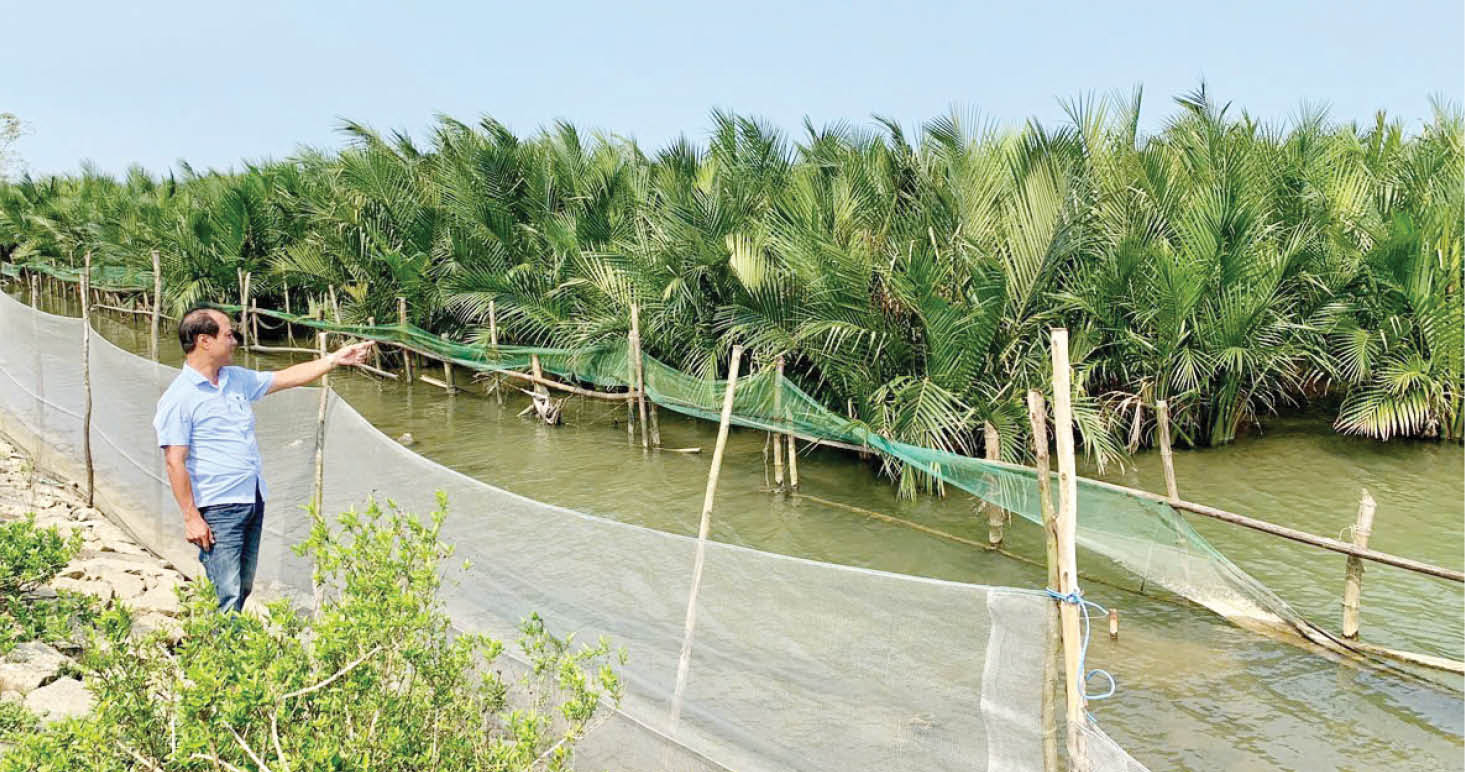
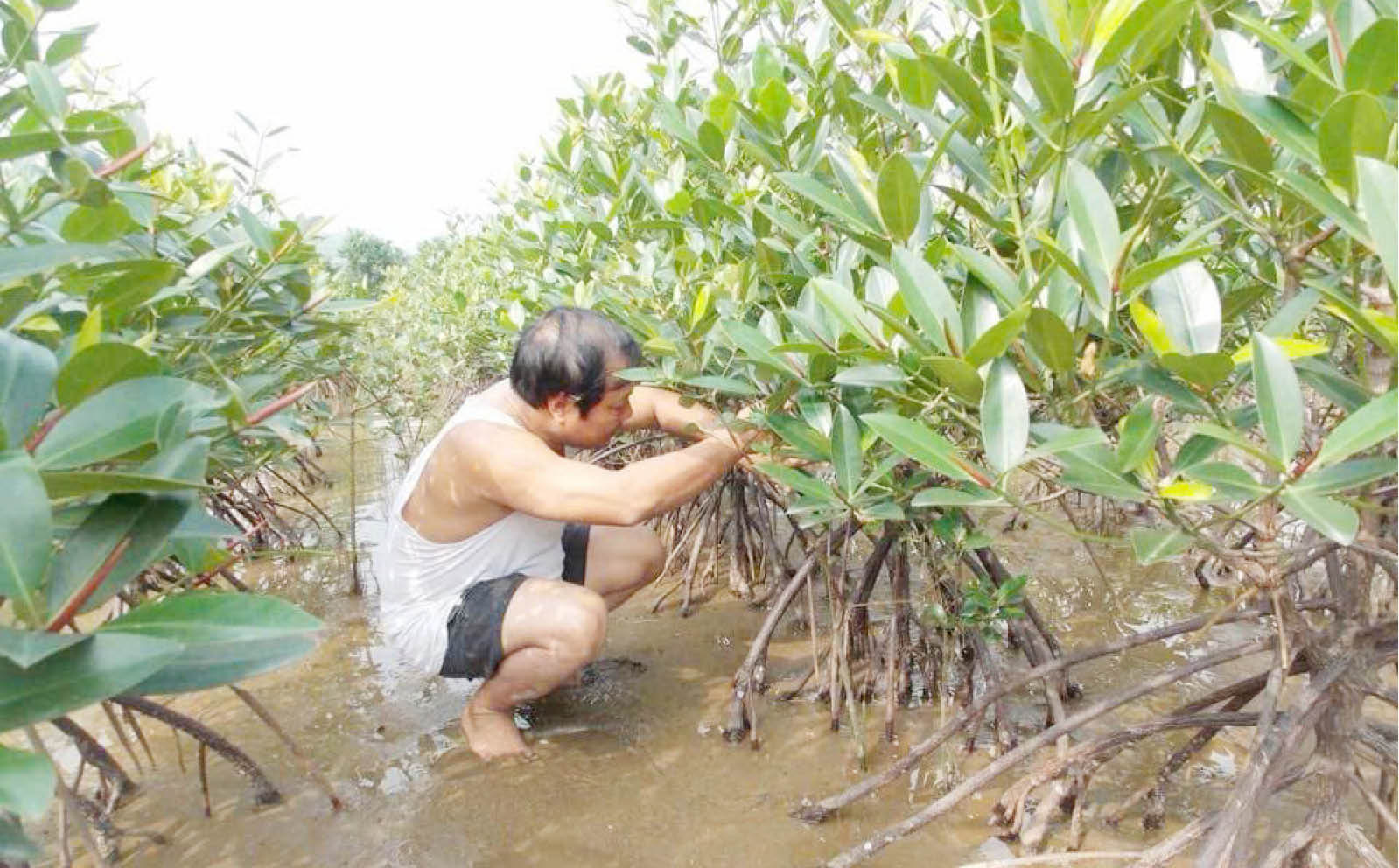
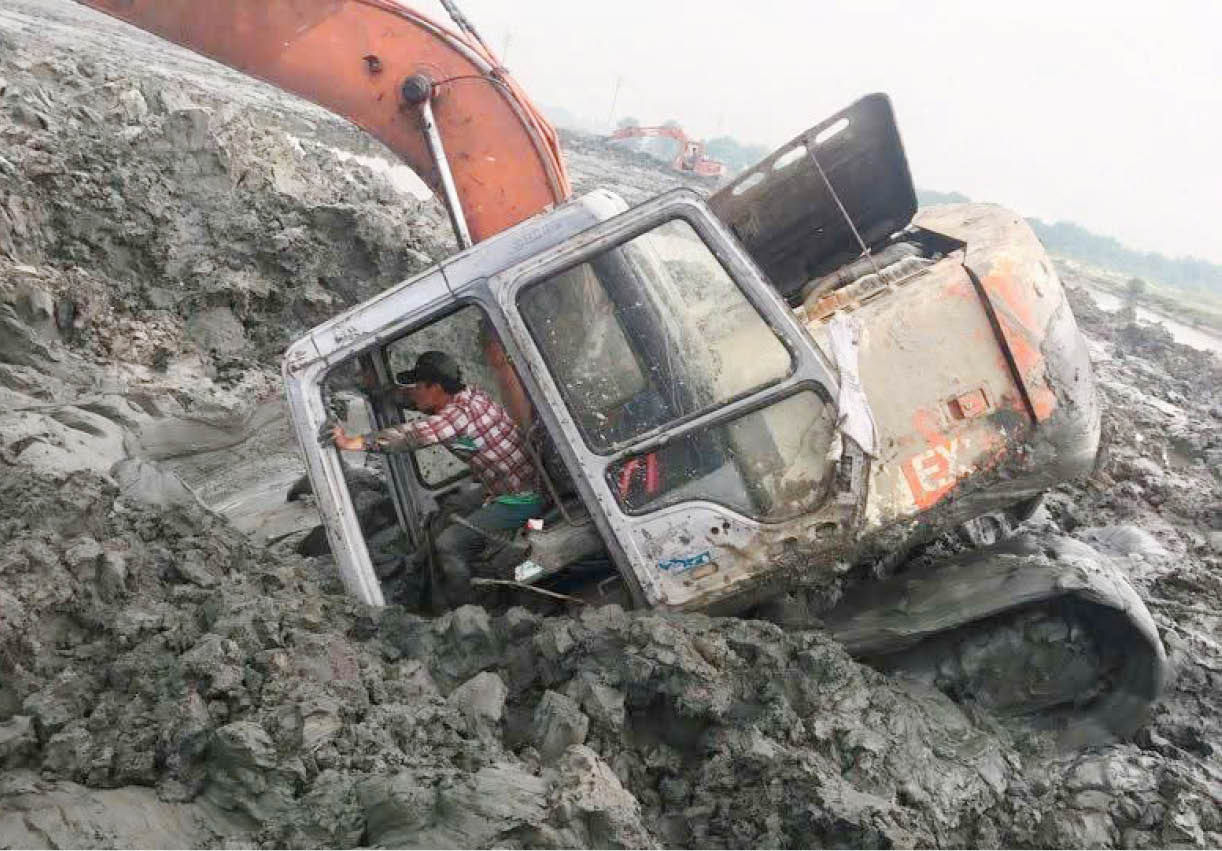



![[Photo] Da Nang: Hundreds of people join hands to clean up a vital tourist route after storm No. 13](https://vphoto.vietnam.vn/thumb/1200x675/vietnam/resource/IMAGE/2025/11/07/1762491638903_image-3-1353-jpg.webp)


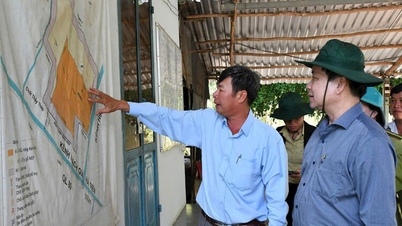

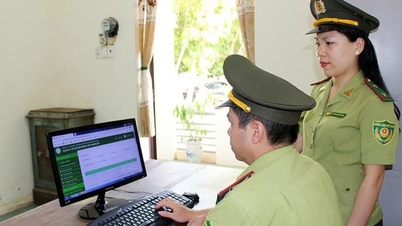

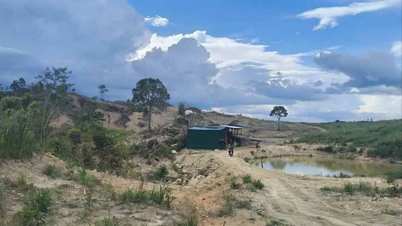


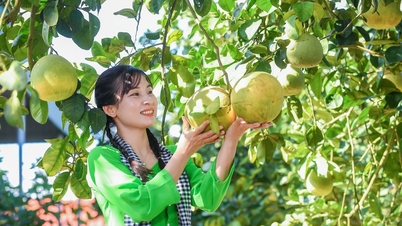

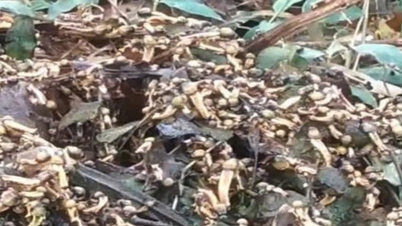
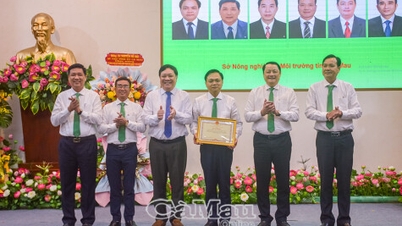





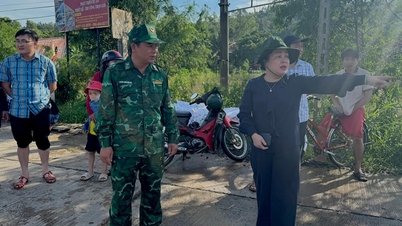

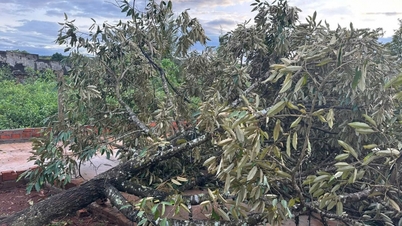
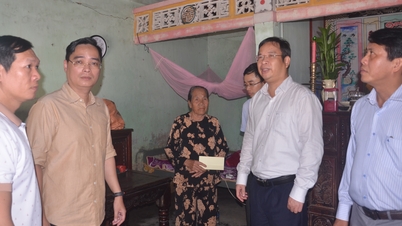

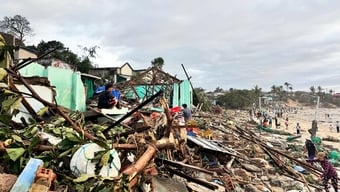

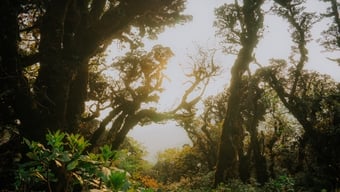




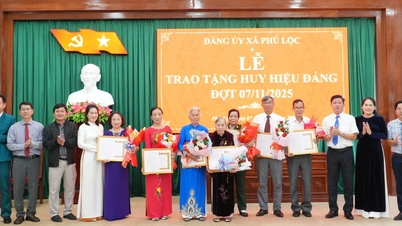
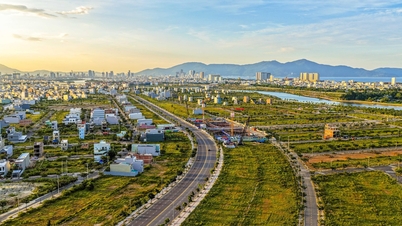



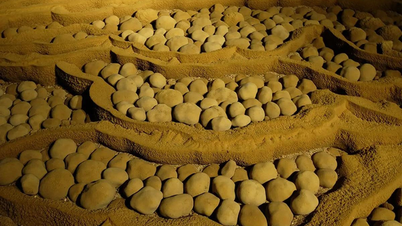

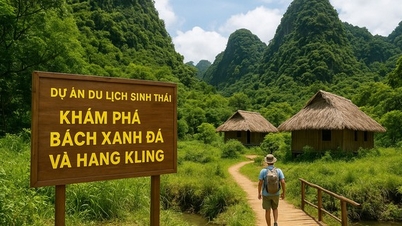




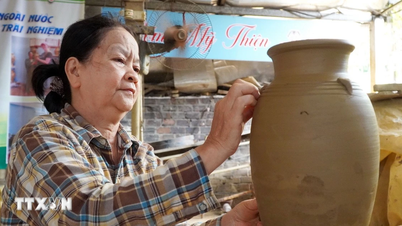










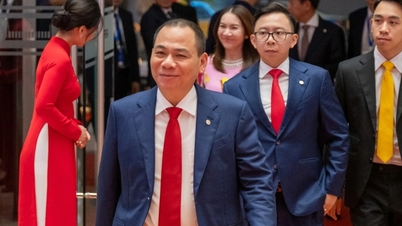


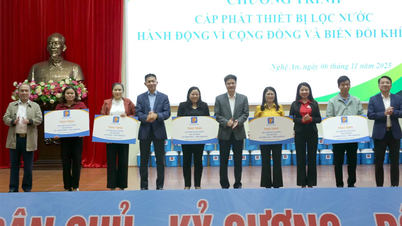


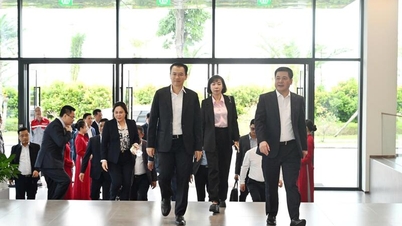



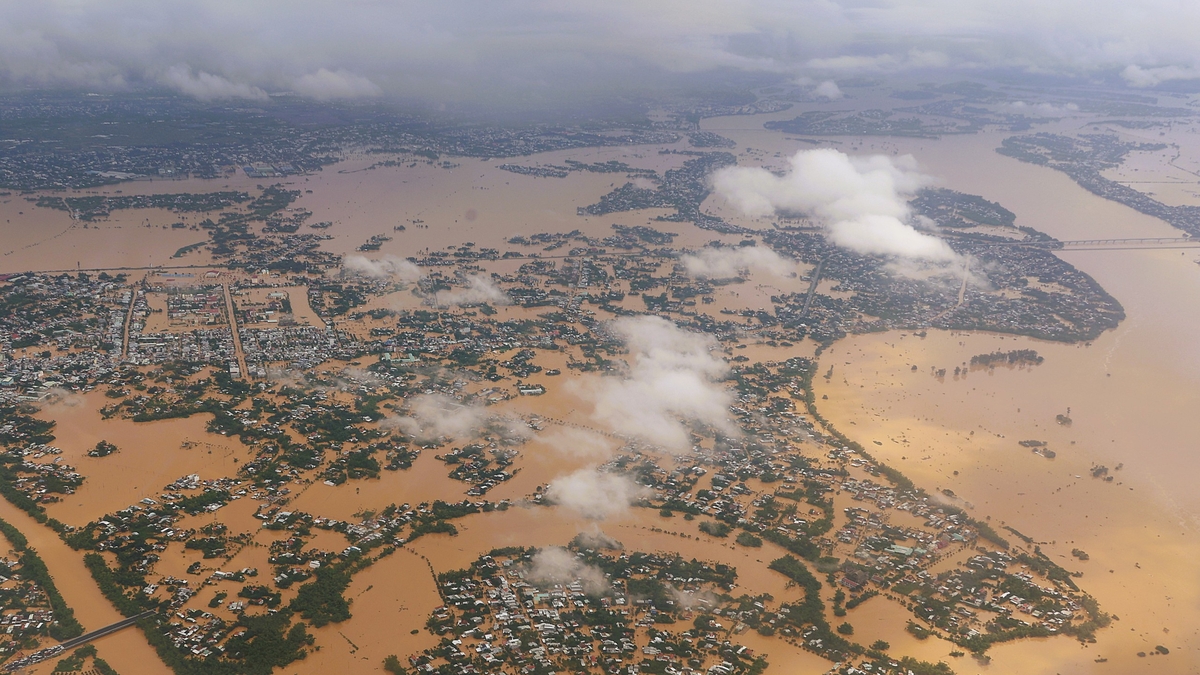



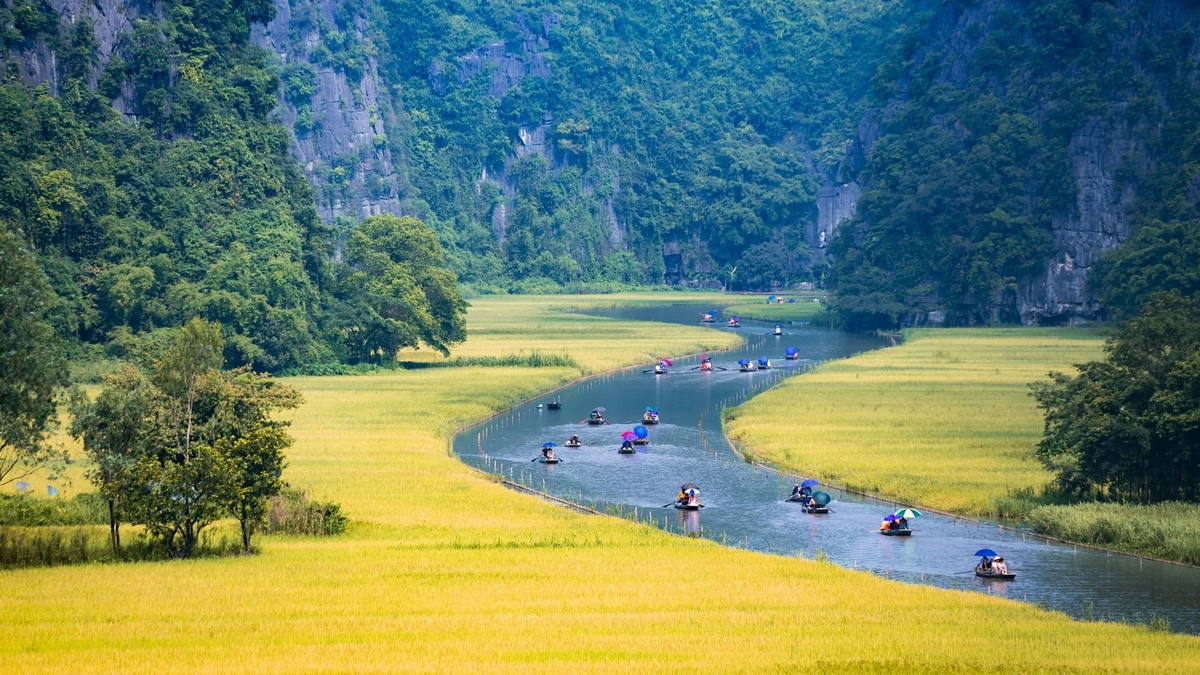
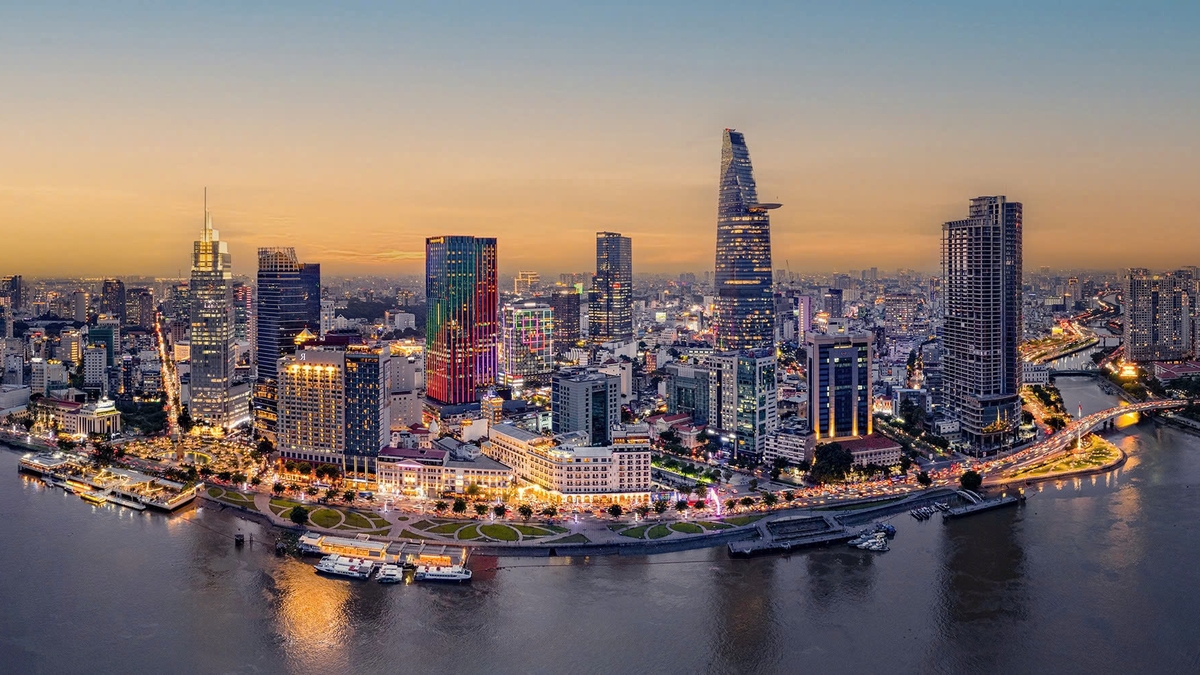
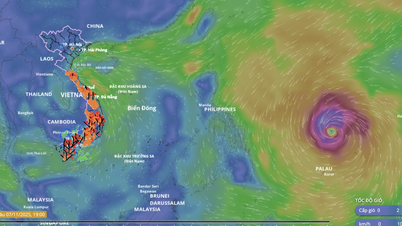




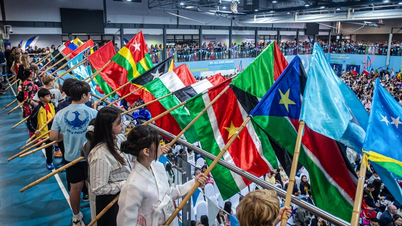

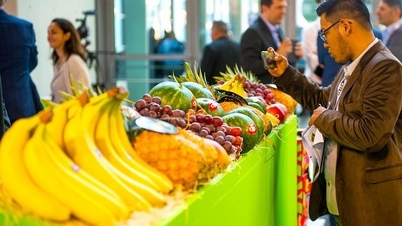


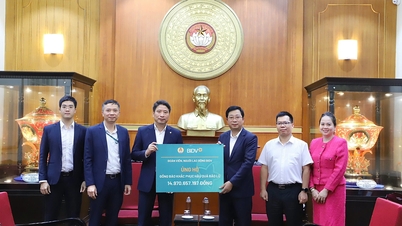


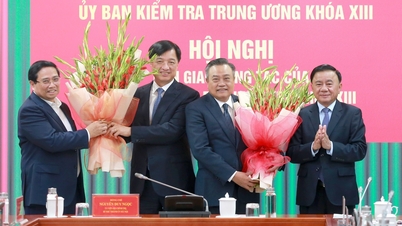



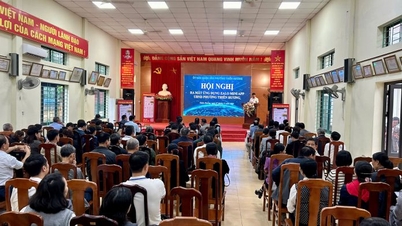





















Comment (0)